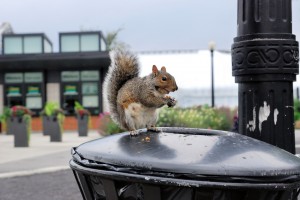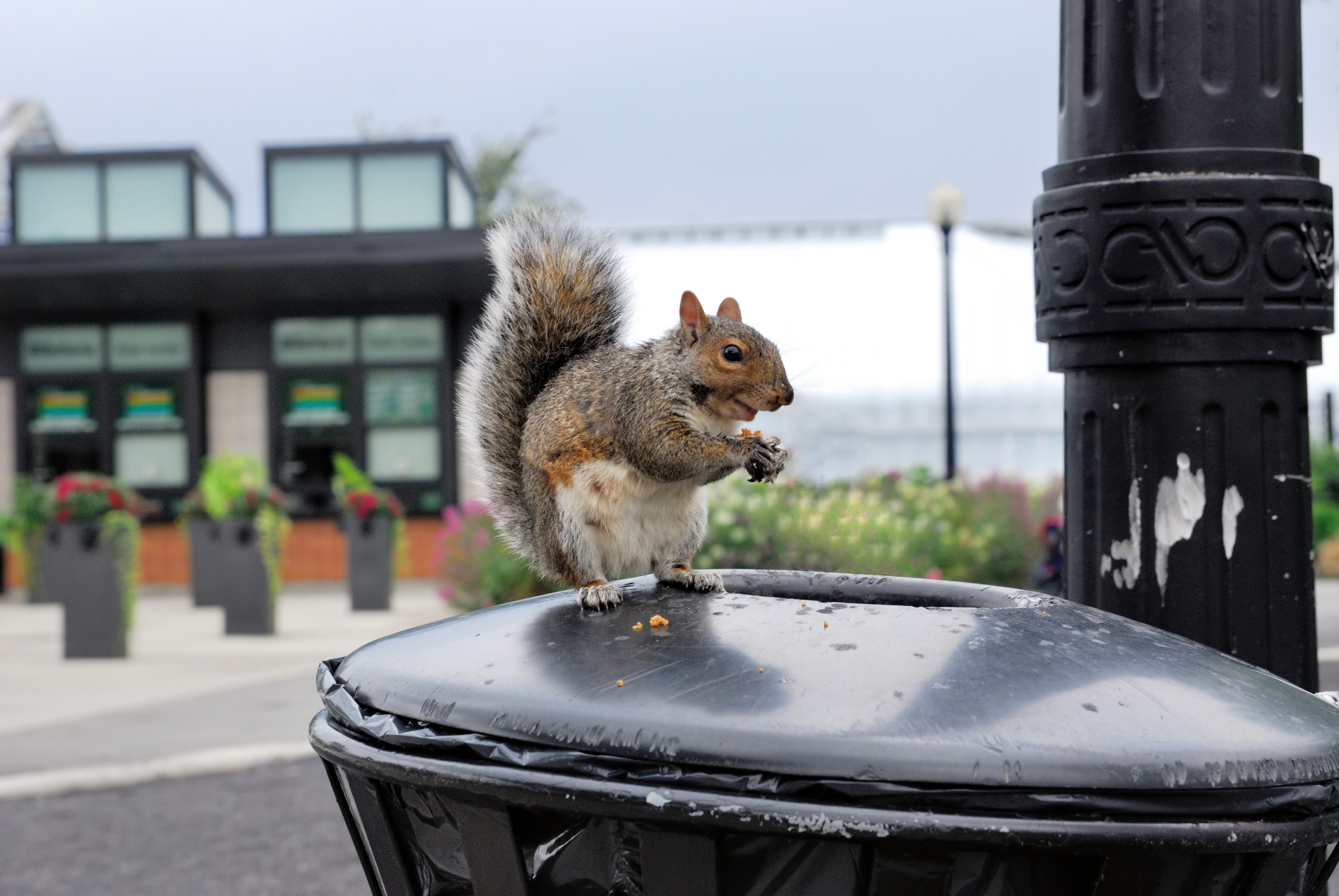
Typically, when humans and wildlife meet it’s curtains for the latter. Think of all the megafaunal extinctions in the past and the mounting evidence that we’re responsible for an ongoing sixth mass extinction event. Aside from directed extermination we can change the environment over a very short time-scale to suit our needs and other lifeforms are often left playing catchup. This is especially true for plants and animals (microorganisms have such short turnovers that we don’t really impact them in this way); the plight of the blue swallow isn’t top of an industrialist’s list of priorities.
Despite these radical changes, some species have adapted to living in our towns and cities. This has piqued the interest of scientists and we’re now seeing the burgeoning field of urban ecology populated by urban ecologists. The amount of urban biodiversity is quite surprising and the adaptations of the flora and fauna comprising it equally so. Look at the previous post talking about birds lining their nests with material from discarded cigarette butts.
As civilization has developed we’ve become more aware of the value of nature, be it an intrinsic worth or a more practical value. So we can actively change our urban centres to accommodate more species if and when we choose. Sushinsky and colleagues asked how we should grow our cities in order to minimise their biodiversity impacts. Their conclusion was a more concentrated city plan would be better suited to avian diversity than a sprawling one. Certainly, it seems better for our cities to grow vertically rather than horizontally if we are to minimise humanity’s footprint. So, more New Yorks and fewer Los Angeles.
We can even provide supplementary food to animals. Fuller et al. showed that bird feeders can increase the abundance of birds and pointed out that up to a third of households in Australia, Europe and North America supply food for birds.
Then there are species that can prosper on our discards when it hasn’t been our intention to feed them in the first place. Badgers, foxes, raccoons, bears, the list goes on. All of them can make a living in an urban setting.
With more and more of us cramming ourselves into cities we should be aware that there are real benefits to interacting with nature. We feel psychologically better when there is more of the natural world around us.
To butcher Gordon Gecko, green is good.
Author
Adam Kane: kanead[at]tcd.ie
Photo credit
wikimedia commons


One Reply to “City slickers”